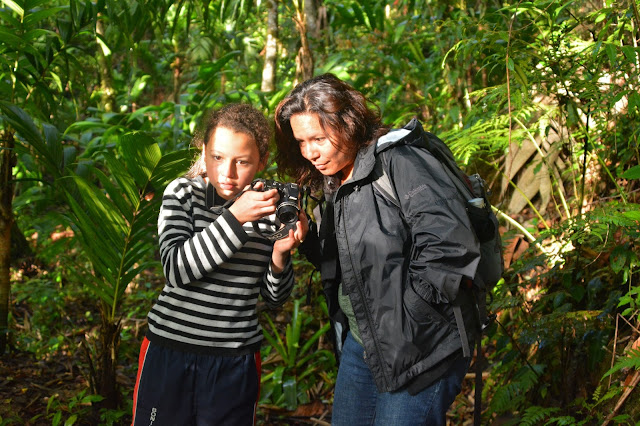 |
| Montezuma Quail |
I was back in those old birding routes that every new hopeful birder visits. It was rather strange. With covid abound everywhere, I was forced to stay home during this very nasty time in Arizona. Many of us locals leave Arizona to go birding in cooler temps. Guides, generally, don't offer their services during this month due to nesting conditions and of course, that sweltering heat. Everything picks up again in July when our monsoon gets into full swing and bird life is ALIVE!
 |
| Painted Redstart |
 |
| Lucifer Hummingbird |
 |
| Least Tern |
 |
| Lesser Nighthawk |
During our travels, we noticed Lesser Nighthawks hunting in broad daylight. 'Tis the season for feeding babies. Normally these birds are only seen at dawn or dusk and at night around lights catching bugs.
 |
| Ferruginous Pygmy-Owl |
 |
| Scaled Quail |
 |
| juvenile Gambel's Quail |
Stay cool everyone. And stay safe! Until next time....













































